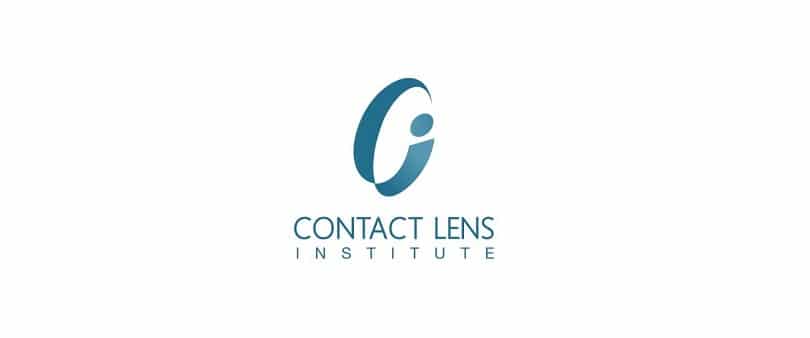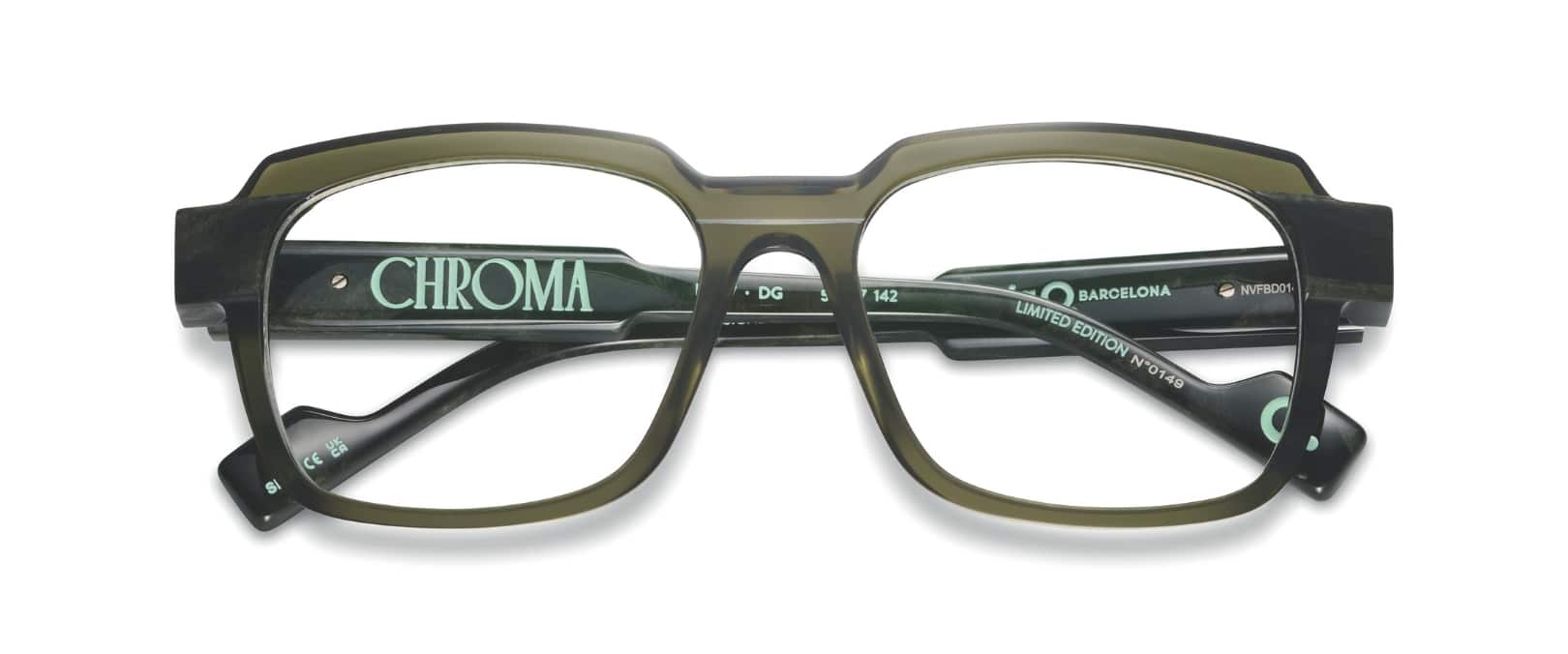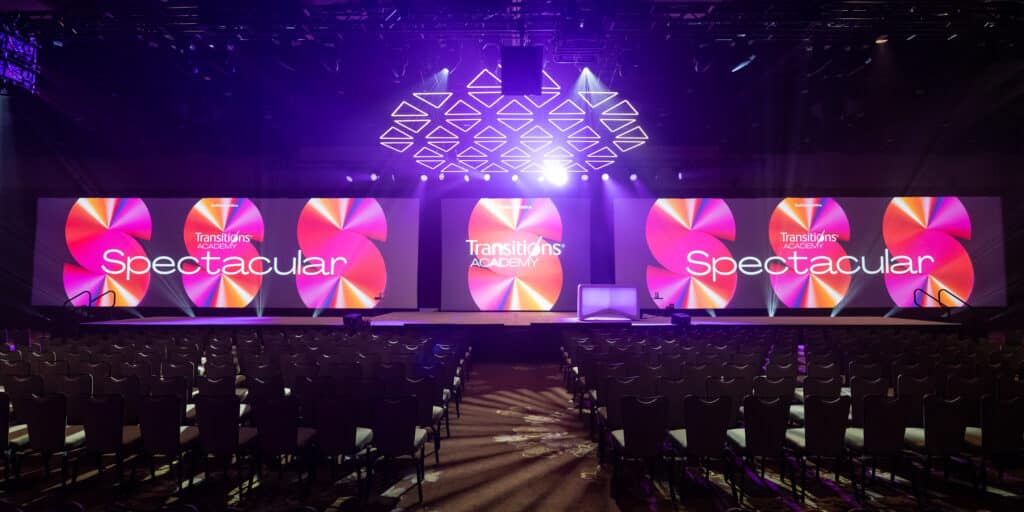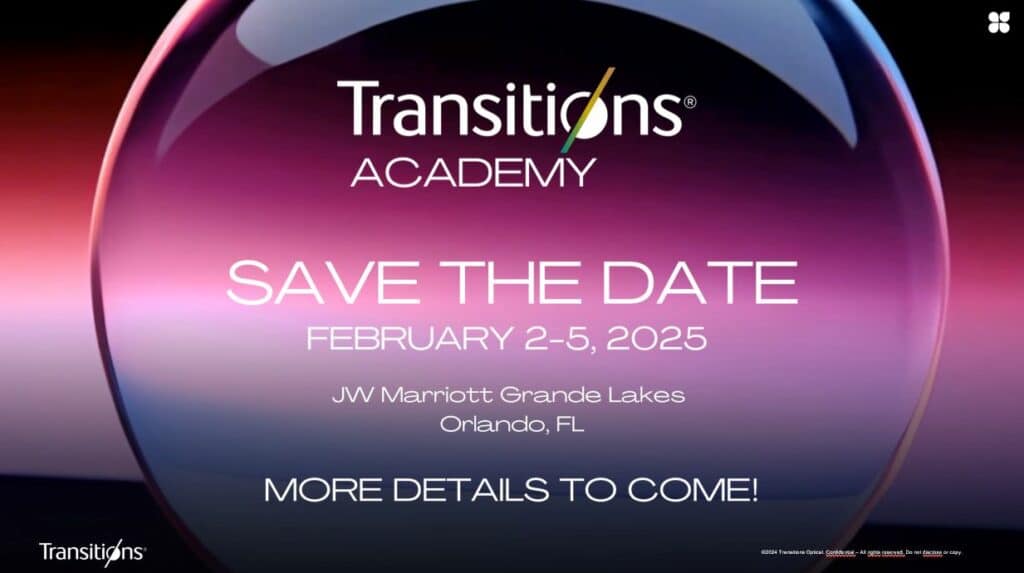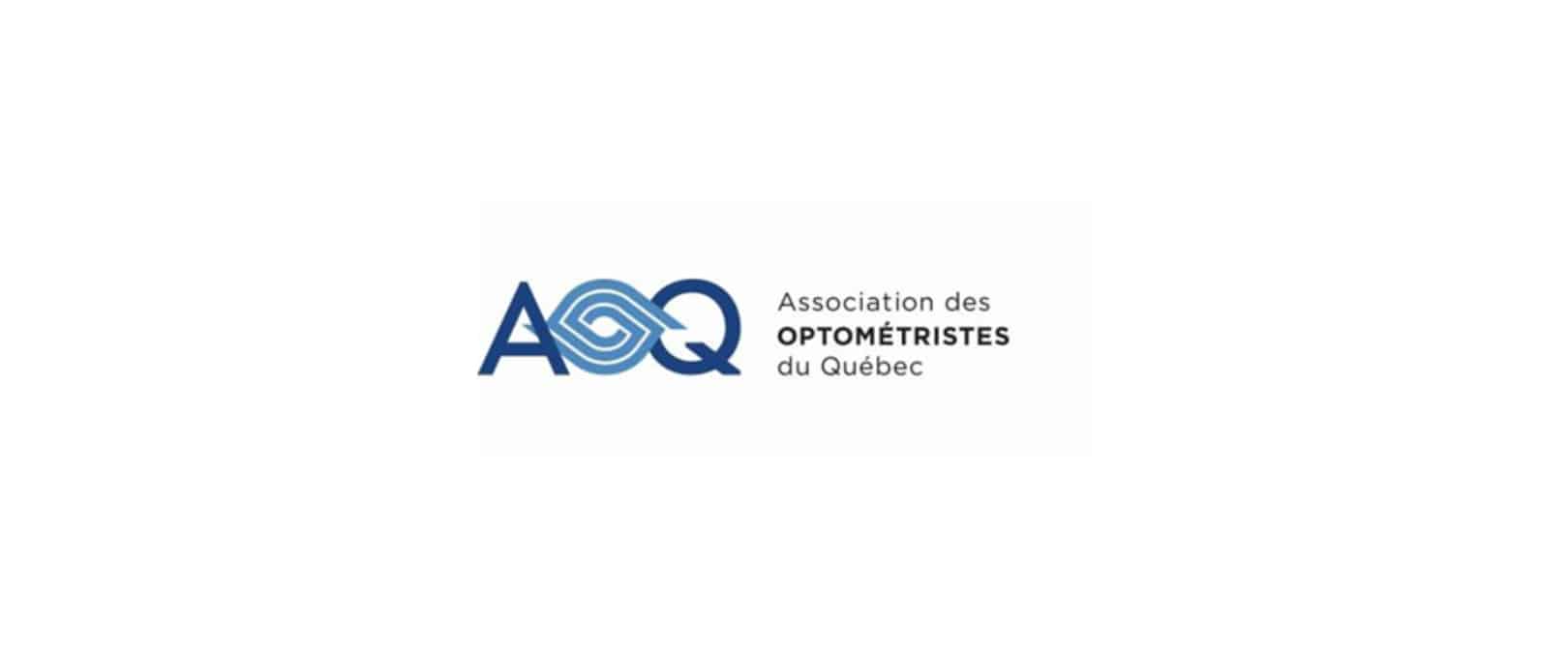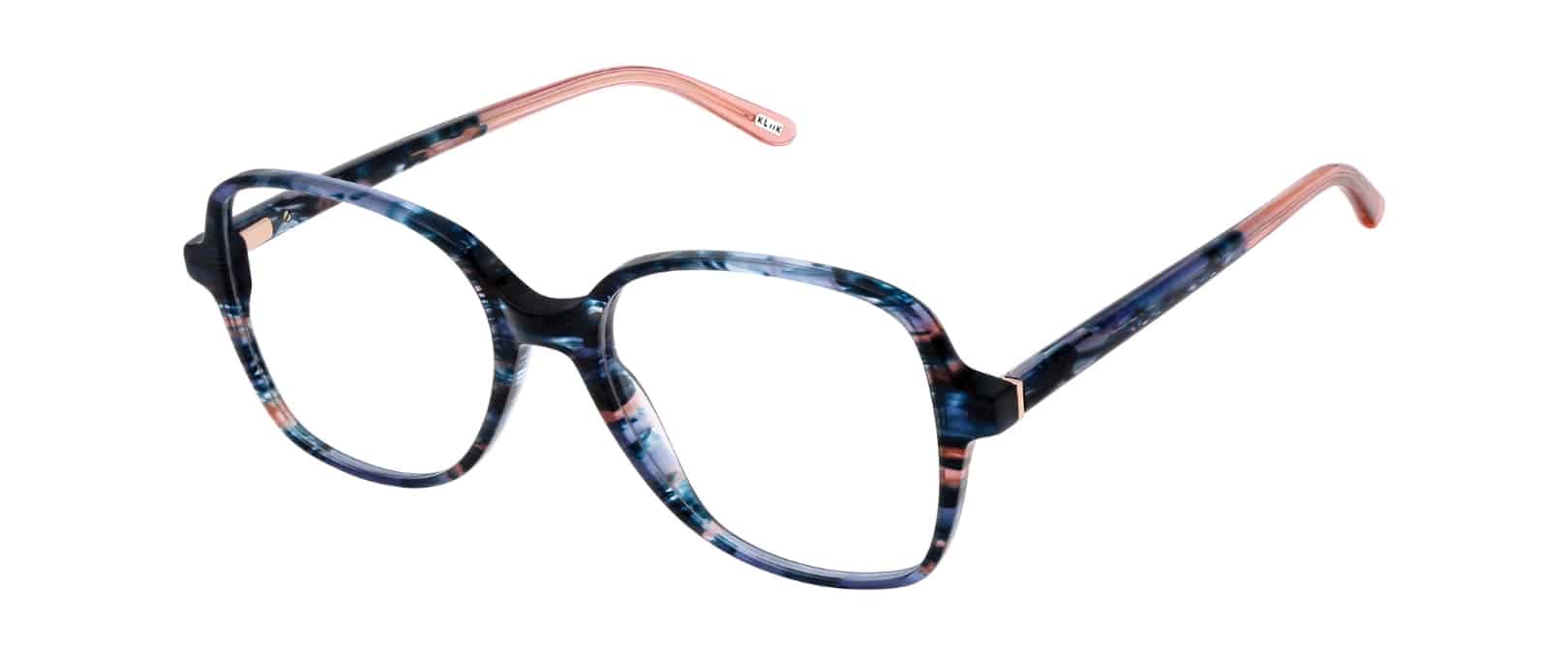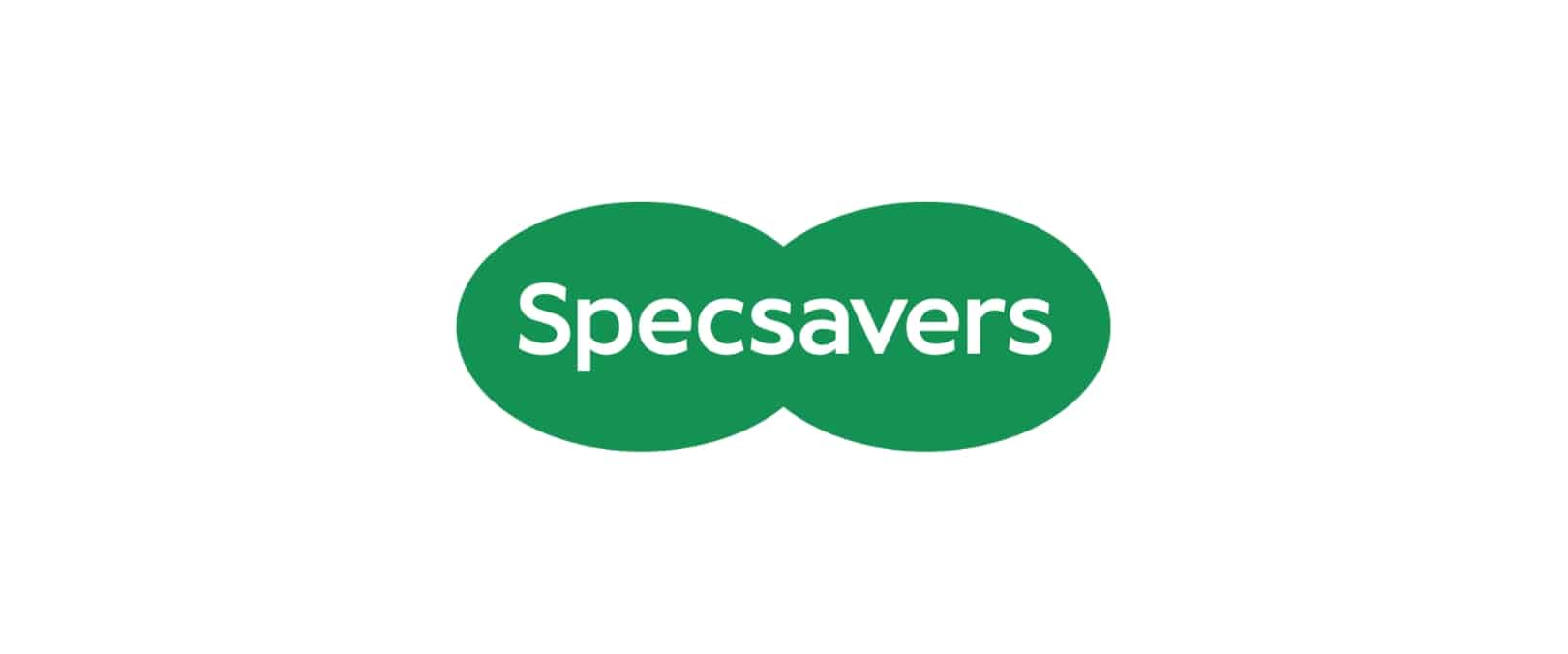A new, data-rich report from the Contact Lens Institute™ (CLI) indicates that higher contact lens retention rates are well within the reach of eye care practices, with corresponding long-term wear and widespread patient satisfaction. “Disrupting the Dropout Dilemma: Practical Steps to Keep Patients in Contact Lenses” is now available for online reading or download at no cost as part of CLI’s See Tomorrow series from https://www.contactlensinstitute.org/resources/see-tomorrow/.
“This practical research substantially builds on prior studies, digging deeper into why current contact lens patients choose to continue wear. By exploring a range of advantages and detractors alike, everyone involved in the care spectrum—from doctors to techs to administrative staff—can better understand their role in facilitating success. Even modest adjustments to some every day in-practice behaviors can disrupt the dropout cycle.”
Stan Rogaski, executive director, Contact Lens Institute
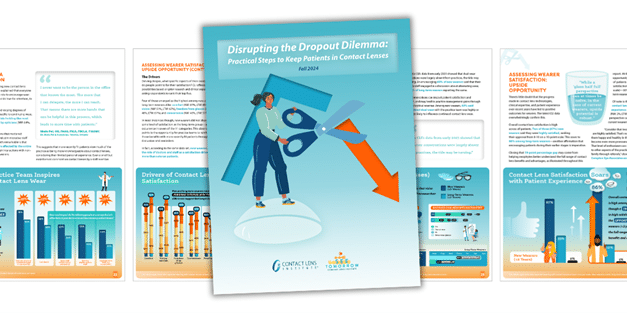
The in-depth publication is based on CLI-commissioned research conducted in August 2024 among 401 U.S. adults, split equally between new (<2 years) and long-term (≥2 years) soft contact lens wearers.
More than a dozen interrelated factors regarding their contact lens habits, experiences and perceptions are addressed within the report, including:
- Overall high satisfaction with contact lenses, which soars from 67% of new wearers to 86% of long-term wearers—affirmation that investing in new wearer education and outreach pays dividends.
- Leading contact lens satisfaction drivers, with comfort, vision, freedom from glasses, and convenience ranking highest for new and long-term wearers alike.
- Top detractors to wear, observing that new wearers are considerably more sensitive to all factors—a sign of the vital need to provide an elevated level of support for neophytes.
- Long-term loyalty, where patients crossing the two-year wear mark are highly unlikely to discontinue or pause contact lens use in the future. Among long-term respondents, 87% have never stopped wearing their contact lenses
- Information sources, showing that the entire practice staff ranks high as being relied upon for contact lens knowledge, especially among new wearers, while also illustrating the considerable influence of friends and family.
- Preferred practice behaviors that encourage continued wear, with newer contact lens patients especially valuing actions by doctors and staff to ensure their satisfaction and grasp of tasks such as insertion and removal.
- Specific actions to overcome the most common contact lens patient challenges, including concerns with vision and comfort, handling, convenience, and cost.
- Patient-practice relationship impacts on contact lens purchase channel preferences, noting that more than half say that good rapport influences their decision to buy from a practice directly.
- Patient perceptions of adequate exam time—with 16-20 minutes being the median response across all wearers—and how this translates to elevated trust in a doctor’s recommendations.
- The effects of actively discussing both contact lenses and glasses use (i.e., dual wear), as 60% of new wearers said talking about interchanging contact lens and glasses was highly or somewhat likely to influence continued contact lens wear.
The ample data is presented throughout the report via 14 colorful, at-a-glance infographics, which are ideal for training newly hired members of the practice team, continuing education, and student instruction.
In addition, 18 CLI Visionaries—doctors and opticians recognized as leaders in advancing contact lens wear—share how they are translating the findings into positive behaviors within their own practices through columns, checklists, and pearls.
Contributors include: Monica Bhula, OD, Texas Vision, Cedar Park, Texas; Shelby Brogdon, OD, McFarland Eye Care, Little Rock, Ark.; Andrew S. Bruce, LDO, ABOM, NCLEM, FCLSA, ASB Opticianry Education Services, Vancouver, Wash.; Jennifer Seymour Brusven, LDO, NCLE-AC, ABO-AC, AAS, Yesnick Vision Center, Las Vegas, Nev.; Ariel Cerenzie, OD, FAAO, FSLS, Charlotte Contact Lens Institute, Charlotte, N.C.; Angelica Cifuentes, OD, Bye Dry Eyes / Blinking Owl Eyecare, Miami, Fla.; Jade Coats, OD, McDonald Eye Associates, Fayetteville, Ark.; Jason Compton, OD, FAAO, Compton Eye Associates, New York, N.Y.; Janelle Davison, OD, Brilliant Eyes Vision Center / Visionary Dry Eye Institute, Cobb County, Ga.; Sabrina Gaan, OD, Eyes on Plainville, Plainville, Mass.; Lisa Hornick, OD, MBA, FAAO, Stanford Ranch Optometry, Rocklin, Calif.; Scott Moscow, OD, Roswell Eye Clinic, Roswell, Ga.; Ashley O’Dwyer, OD, Bay Mills Health Center, Brimley, Mich.; Shalu Pal, OD, FAAO, FSLS, FBCLA, FIAOMC, Dr. Shalu Pal & Associates, Toronto, Ontario; Adam Ramsey, OD, Socialite Vision, Palm Beach Gardens, Fla.; Noha Seif, OD, FAAO, FSLS, Contact Lens Institute of Seattle, Seattle, Wash.; Dana Shannon, OD, FAAO, Clarendon Vision Advanced Eyecare, Westmont, Ill.; Jennifer Tsai, OD, LINE OF SIGHT, New York, N.Y.
The comprehensive 32-page report can be downloaded for free at https://www.contactlensinstitute.org/resources/see-tomorrow/, which also offers standalone infographics, a report highlights synopsis, and video of multiple Visionaries discussing several findings and their implications.
For more information, visit contactlensinstitute.org.
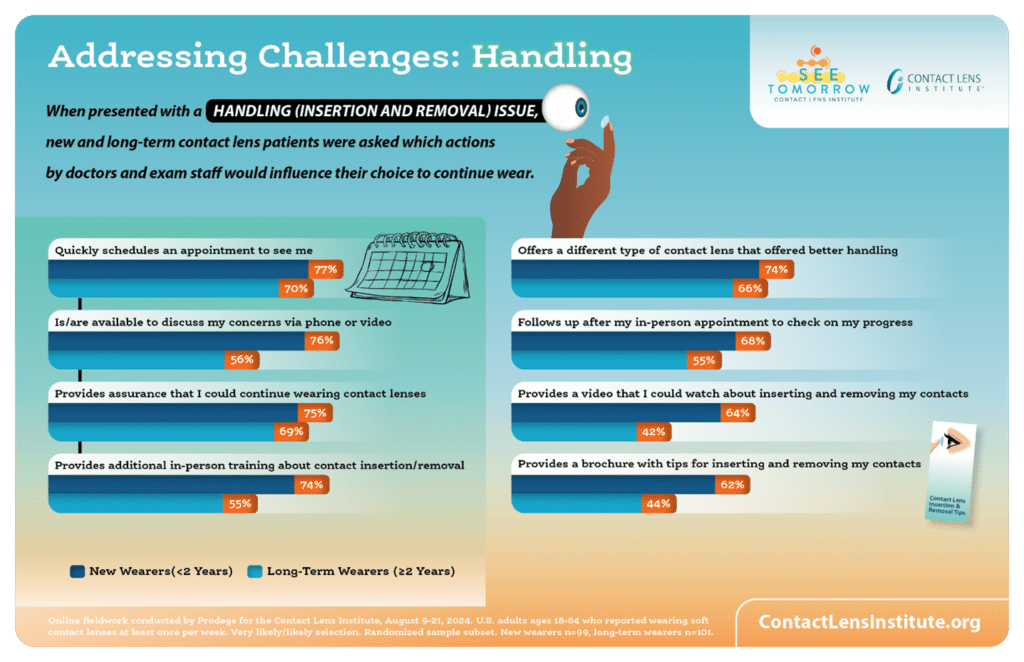
Click HERE for the press release.
Want to see more like this article? Click here to subscribe to our FREE print magazines and e-newsletters!

